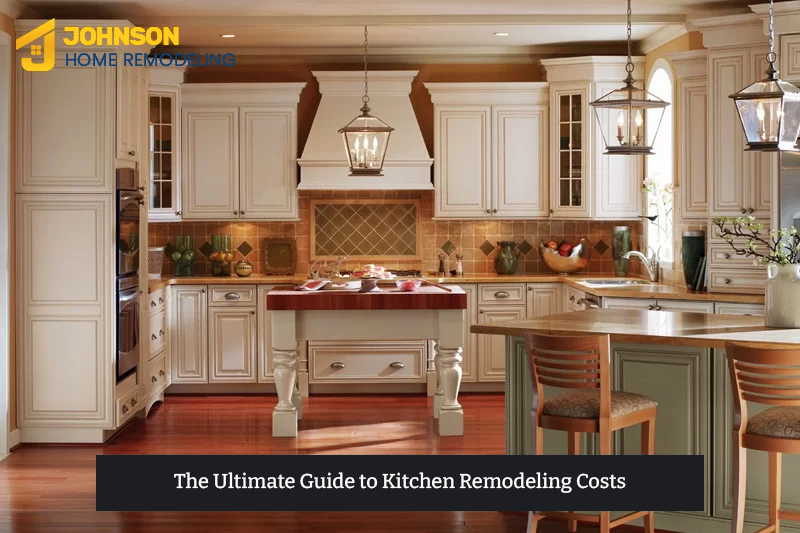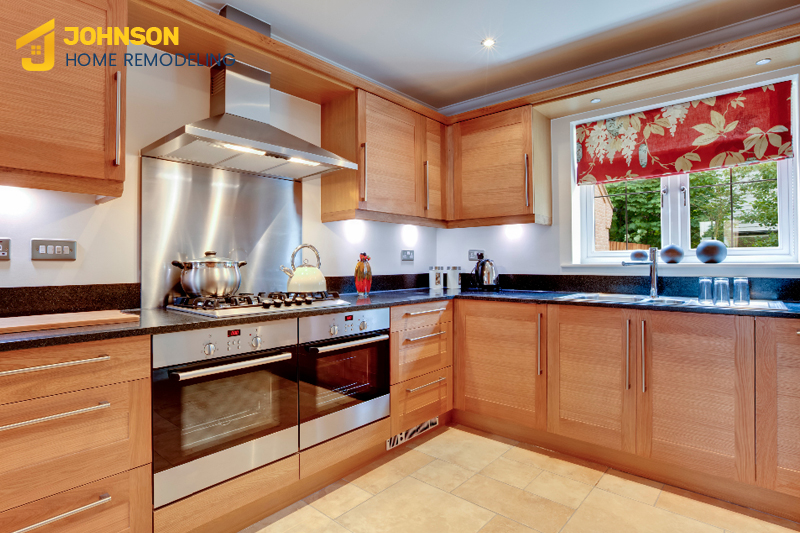Embarking on a kitchen remodel? Here’s a comprehensive guide to understanding the costs involved. We’ll break down the factors that influence the overall expense, highlight specific cost components, and share strategies for managing your budget.
Gain insights into critical considerations like material selection, labor costs, permits, and unexpected expenses. Dive into the cost breakdown, from appliances to lighting, and discover practical tips to navigate the remodeling process smoothly. Let’s uncover the secrets to a successful and cost-effective kitchen remodel!

Kitchen remodeling is a significant investment that can transform your home’s aesthetic and boost its market value. Understanding the factors that impact remodeling costs will help you plan your budget effectively..
The scope of the remodel is a primary factor in determining the overall cost. A full-scale remodel, involving reconfiguring the layout and replacing all fixtures and appliances, will cost significantly more than a minor update. Assessing the scope allows you to set realistic expectations for your budget and timeline.
TThe materials you choose have a substantial impact on costs. High-end materials like granite countertops and custom cabinetry can drive up the budget, while laminate countertops or stock cabinets offer more cost-effective options. Balancing your desire for quality with your budget is essential when selecting materials.
Labor costs can be a significant portion of your remodeling budget. Choosing a reputable contractor who provides quality workmanship at competitive rates is essential. Get multiple estimates to ensure you’re getting a fair deal and look for contractors with experience and a solid reputation to avoid costly mistakes.
Permits and inspections are often required to ensure your project complies with local building regulations. While they can add to your overall cost, they’re necessary to ensure safety and adherence to code. Be prepared for unexpected expenses, such as structural issues discovered during demolition. Setting aside a contingency fund is a smart way to manage these surprises.
Creating a priority list for your kitchen remodeling project is an effective strategy to control costs. Focus on the essential elements that would maximize the value of your kitchen, like functionality and energy efficiency, before moving on to aesthetic enhancements. This approach helps balance your dream kitchen aspirations with the real-world constraints of your budget.
Appliances can range in price depending on the brand, features, and quality. Basic models like dishwashers and refrigerators can cost between $400 and $2,000, while high-end options may exceed $10,000. It’s essential to match your appliance choices to both your needs and budget.
Cabinet costs vary based on the materials, finishes, and whether they’re custom or prefabricated. Stock cabinets can range from $100 to $400 per linear foot, while custom cabinets may start at $500 and exceed $1,500 per linear foot. Research different options to find the best match for your style and budget.
Countertop prices are highly variable, ranging from $10 per square foot for laminate to $200 or more per square foot for luxury materials like marble. Popular mid-range choices, such as quartz or granite, generally cost between $50 and $100 per square foot.
Flooring choices should balance durability and design. Tile and hardwood are popular options, with tile typically costing $10 to $30 per square foot, and hardwood ranging from $6 to $12 per square foot. Vinyl and laminate are more budget-friendly alternatives, starting at $2 to $5 per square foot.
Proper lighting is essential for both function and style. Basic lighting fixtures cost between $100 and $500, but designer fixtures or custom solutions can go well beyond that. Adding under-cabinet lighting typically ranges from $200 to $500, offering an efficient and stylish option to brighten up workspaces.
Managing your budget effectively is key to a successful kitchen remodel. Start by setting a realistic budget that includes materials, labor, permits, and a contingency for unexpected costs. Stick to this budget to prevent overspending.
To keep your budget in check, focus on the most critical aspects of the remodel first. Prioritize functionality over aesthetics and spend more on elements that will improve daily use, such as quality appliances, durable countertops, and efficient layouts. Aesthetic upgrades, such as high-end finishes, can be addressed once the essentials are in place.
You can manage costs by exploring more affordable alternatives for materials. For example, opting for stock cabinets instead of custom designs or choosing laminate countertops instead of natural stone can significantly reduce expenses without compromising quality.
If you’re comfortable with basic renovation tasks, such as painting or installing fixtures, taking a DIY approach to some parts of the project can lower labor costs. However, leave more complex tasks, like electrical work or plumbing, to professionals to avoid costly errors.

A successful kitchen remodel depends on careful planning, budgeting, and working with the right professionals. Factors like project size, materials, and permits must be considered to avoid unexpected costs. Consulting with experienced contractors and designers for accurate cost estimations can help you stay on track.
In addition, thoughtful design choices can boost the overall value of your home. A remodeled kitchen not only improves your quality of life but also makes your home more appealing to potential buyers.
Understanding kitchen remodeling costs is key to a smooth renovation process. From defining the project scope to choosing materials and managing labor costs, being informed helps you make better decisions. Careful planning, contractor selection, and budgeting will ensure that your kitchen remodel meets both your aesthetic goals and financial constraints.
With the right approach, you can transform your kitchen into a beautiful, functional space while maximizing the return on your investment.